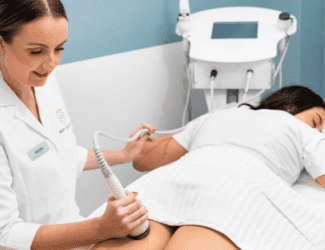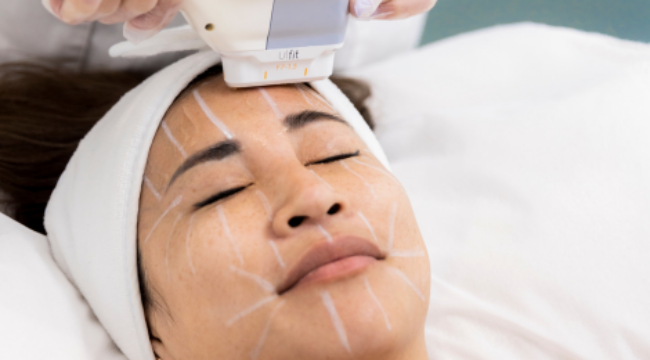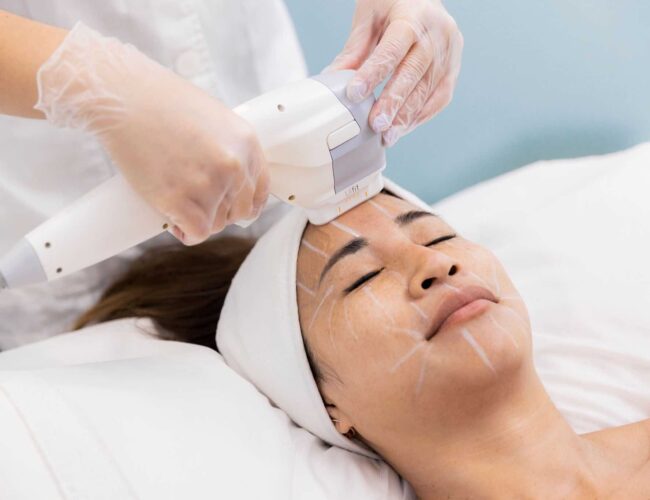1. Lim, Dr Adrian, 2014, Cryolipolysis with a double-applicator 3-dimensional cooling cup device, Royal North Shore Hospital, uRepublic Cosmetic Dermatology and Veins NSW Australia
The following results are from a Clinical Study conducted by Royal North Shore Hospital “In one study with 42 patients, 79% noticed fat reduction on themselves at 2-4 months. Another study with 50 patients, 89% showed a noticeable improvement on photography with a similar proportion (80%) being happy with the results at 6 months. Most studies indicate a fat reduction of approximately 20 – 25%”
Read the case study: Cryolipolysis with a double-applicator 3-dimensional cooling cup device
2. Krueger et al. 2014, Cryolipolysis for noninvasive body contouring: clinical efficacy and patient satisfaction, Clinical, Cosmetic and Investigational Dermatology 2014:7 201–205.
Conclusion: “In clinical studies, cryolipolysis was shown to reduce subcutaneous fat at the treatment site by up to 25% after one treatment. Improvements were seen in 86% of treated subjects”
Read the case study: Cryolipolysis for noninvasive body contouring: clinical efficacy and patient satisfaction
3. Daniele Bani et al. 2013, Histological and Ultrastructural Effects of Ultrasound-induced Cavitation on Human Skin Adipose Tissue, Plast Reconstr Surg Glob Open. 2013 Oct 7.
Conclusion: “This study further strengthens the current notion that noninvasive transcutaneous ultrasound cavitation is a promising and safe technology for localized reduction of fat and provides experimental evidence for its specific mechanism of action on the adipocytes.”
Read the case study: Histological and Ultrastructural Effects of Ultrasound-induced Cavitation on Human Skin Adipose Tissue
4. Mathew M. Avram, MD, JD1 and Rosemary S. Harry, MSBME2 1, Cryolipolysis for Subcutaneous Fat Layer Reduction, Dermatology Laser & Cosmetic Center, Massachusetts General Hospital, Boston, Massachusetts
Conclusion: “Cryolipolysis has demonstrated efficacy in both human and animal studies. Histology findings also confirm the selective reduction of fat in both humans and animals, with evidence of a gradual thinning of the fat layer over a period of two to four months. Importantly, cryolipolysis has not produced any significant adverse side effects in studies to date”
Read the case study: Cryolipolysis for Subcutaneous Fat Layer Reduction
5. Kim, J et al, 2014, Clinical effectiveness of non-invasive selective cryolipolysis, Journal of Cosmetic and Laser Therapy
Conclusion: “The results of both objective and subjective assessments showed signifi cant improvements in subcutaneous fat reduction without any meaningful complications. Non-invasive selective cryolipolysis has been reported to be a safe and effective treatment modality for the reduction of excess adipose tissue. Therefore, cryolipolysis is a promising technology that could be an appropriate and safe therapeutic option for subcutaneous fat reduction”
Read the case study: Clinical effectiveness of non-invasive selective cryolipolysis
6. Ingargiola et al, 2015, Cryolipolysis for Fat Reduction and Body Contouring Safety and Efficacy of Current Treatment Paradigms, Division of Plastic and Reconstructive Surgery, Mount Sinai Hospital; Department of Plastic Surgery, Loma Linda University, American Society of Plastic Surgeons
Conclusion: “Cryolipolysis is a promising procedure for nonsurgical fat reduction and body contouring and presents a compelling alternative to liposuction and other, more invasive methods. This procedure appears to be safe in the short term, with a limited side effect profile, and results in significant fat reduction when used for localized adiposities”
Read the case study: Cryolipolysis for Fat Reduction and Body Contouring Safety and Efficacy of Current Treatment Paradigms
7. Manstein et al, 2008, Selective Cryolysis: A Novel Method of Non-Invasive Fat Removal, Department of Dermatology, Wellman Center for Photomedicine, Massachusetts General Hospital, Harvard Medical School, Boston, Massachusetts, Lasers in Surgery and Medicine 40:595–604
Conclusion: “Prolonged, controlled local skin cooling can induce selective damage and subsequent loss of subcutaneous fat, without damaging the overlying skin”
Click here to view/download the study (PDF).






